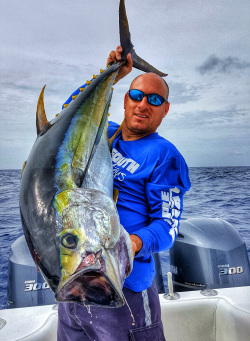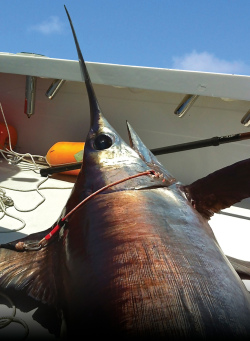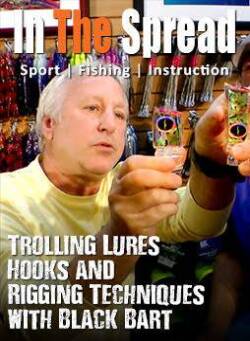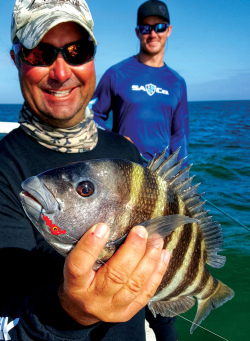Have a variety of trolling rigs ready for dolphin when encountering birds, debris, or currents. Begin your chunking, chumming, and oil program by keeping fish behind the boat.
Dolphin Fishing - Rigs and Strip Baits
(00:37:06)
Watch Full Video
View Short Trailer
Instructor:
RJ Boyle
Description
/
Review
/
Instructor
Video Summary:
- Learn about best techniques for, trolling rigs, jigs, and lures for optimal dolphin fishing
- Discover tips for trolling, chumming, and using strip baits to attract mahi mahi
- Find out how to craft your own dolphin fishing rigs
Login
to leave a review.
User Reviews
David Smith
06.21.2022
0
David Groom
04.23.2022
0
We Recommend
0




